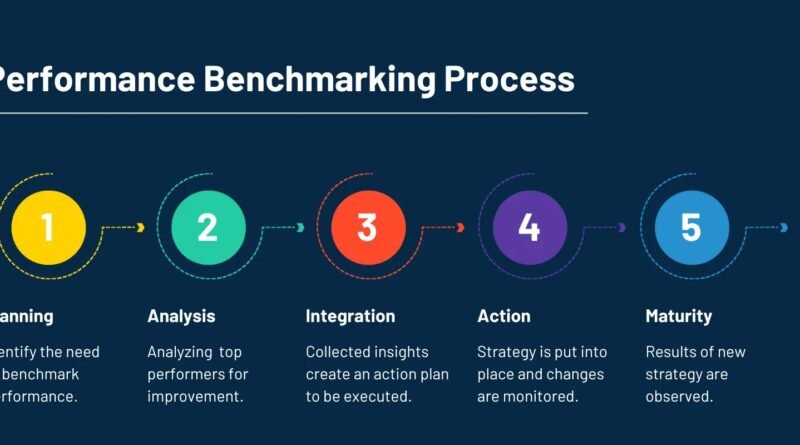Using Past Developments for Benchmarking The Value of Construction Takeoffs
In today’s competitive U.S. construction market, accurate data is the foundation of smart decision-making. Whether you are a general contractor, sitework specialist, or materials supplier, having reliable information from past projects can make a huge difference when bidding or planning future work. One of the best ways to gather that information is by performing construction quantity takeoff services for past developments.
Many contractors think of takeoffs as something that only applies to current projects. However, re-analyzing completed jobs can help your company create strong benchmarks for pricing, production, and material usage. This benchmarking process helps you see how actual results compared with early estimates — and how to improve accuracy going forward.
What Is a Construction Takeoff?
A construction takeoff, sometimes called a quantity takeoff, is the process of measuring materials, labor, and equipment needs directly from project plans. It includes calculating volumes of earthwork, square footage of pavement, quantities of concrete, or linear footage of utilities and piping.
In the past, this work was done manually with scale rulers and highlighters. Today, modern digital tools like Bluebeam, Planswift, and AGTEK allow estimators to perform takeoffs more quickly and accurately. These technologies save time, reduce human error, and produce data that can be shared easily with project managers and field teams.
Why Review Past Projects?
Reviewing and documenting past developments can be just as valuable as estimating new ones. Contractors who invest in re-creating takeoffs for completed jobs gain real insight into how their teams perform.
Here are a few reasons why re-running construction takeoff services on old projects can help your business:
- Benchmarking Costs and Productivity
When you compare takeoff quantities from past jobs with your final costs, you can identify patterns in material usage, labor productivity, and subcontractor pricing. Over time, this helps you establish more accurate unit costs for bidding. - Improving Estimate Accuracy
Each project teaches lessons about site conditions, soil types, or design challenges. By keeping detailed takeoff records, you can adjust your future estimates to better reflect real-world results. - Supporting Budget Forecasting
Developers and suppliers often rely on past project data to set budgets and material pricing. Having takeoffs for historical projects allows you to provide quick, data-driven insights to clients and partners. - Strengthening Supplier Relationships
When material suppliers know the average quantities or volumes you use per project type, they can offer more consistent pricing and better lead times. Accurate benchmarking benefits both sides.
What You Need to Start
To create reliable benchmarks from past projects, you only need complete plan sets and any available as-built drawings. A full package typically includes site plans, grading, drainage, utility, and paving sheets. Even if the project is several years old, this information allows experienced estimators to rebuild the takeoff digitally.
If geotechnical reports or construction photos are available, they can add more context — especially for earthwork and site development projects.
How the Process Works
Professional estimating firms in the United States that specialize in construction quantity takeoff services can handle this process efficiently. Their teams use 3D modeling software to recreate existing and proposed surfaces, calculate cut and fill volumes, and generate detailed spreadsheets of materials.
Once completed, the takeoff report becomes a benchmark record. You can compare it with the project’s actual usage or costs and refine your estimating templates accordingly.
Benefits for Contractors and Suppliers
Contractors gain better pricing control, fewer surprises in the field, and more consistent profits. Suppliers gain insights into expected material demands and can manage inventory more effectively.
For example, a grading contractor might discover that the average cubic yard of cut per acre is higher in certain regions due to soil density. A concrete supplier might notice that slab thicknesses vary by builder or municipality. With benchmarked takeoffs, both parties can adjust their future bids and production plans confidently.
Keeping Up with Market Trends
The U.S. construction industry is always evolving. Material prices, equipment costs, and labor rates change frequently. Having benchmark data from multiple past projects allows contractors to analyze how those changes affect total project costs over time. This information supports better forecasting and long-term planning — something that every successful company needs.
Final Thoughts
Performing takeoffs for past developments is not just a record-keeping task; it’s a strategy for building a smarter and more competitive business. By using digital construction takeoff services, contractors and suppliers can turn their historical project data into powerful benchmarks.
